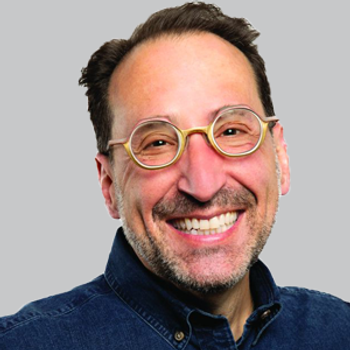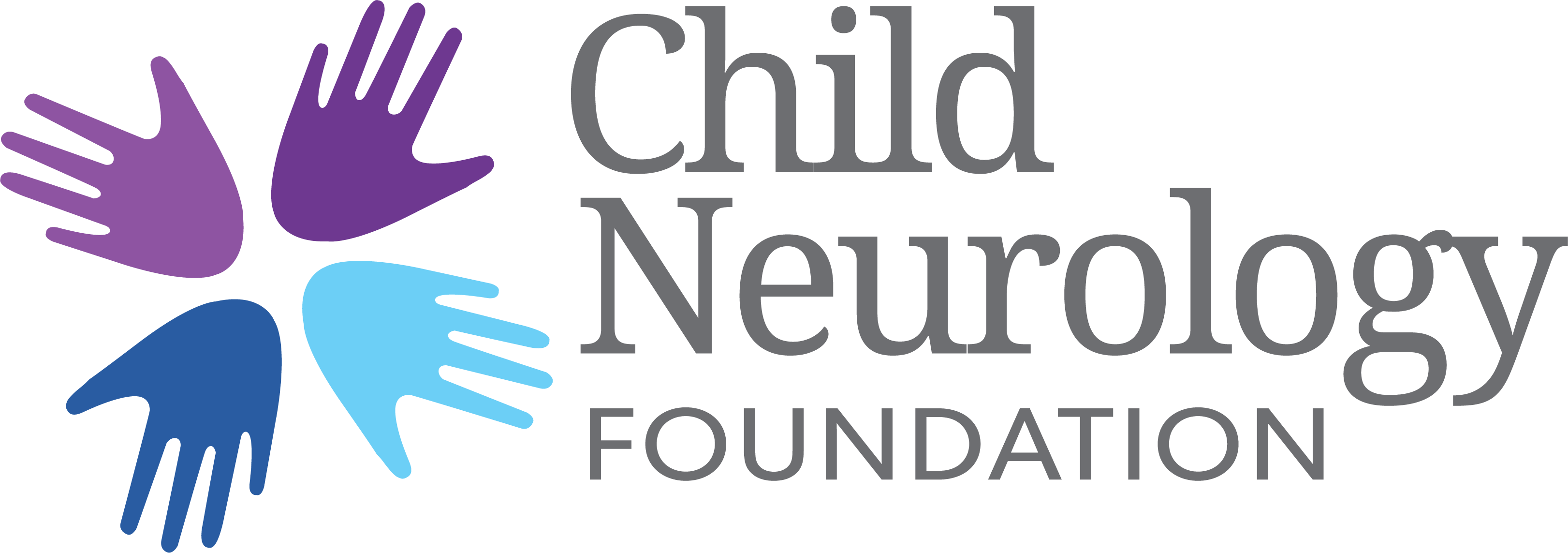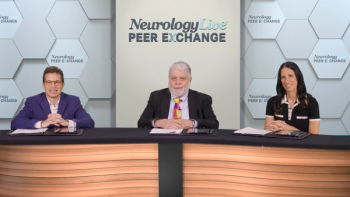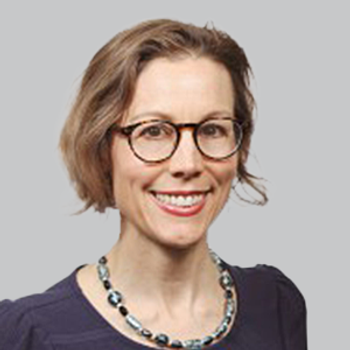
- October 2022
- Volume 5
- Issue 5
Addressing Stigma Improves Care in Chronic Pediatric Neurological Conditions

The Child Neurology Foundation is using community outreach and a new social services network to help children with neurological conditions feel included in contemporary society.
NEGATIVE STIGMAS ASSOCIATED with neurological diseases can affect an individual’s quality of life and their willingness to accept their condition, especially children. Clinicians typically encourage patients to at least acknowledge their condition, as failure to do so can incur additional risks and self-harm.
Stigmas, both enacted and internalized, have been found to increase psychological distress, lower self-esteem, and affect social engagement, thus lowering quality of life. For years, organizations such as the Child Neurology Foundation (CNF) have been dedicated to creating a safe space for children with neurological conditions and their families by providing services and helping guide them through questions they may have.
In terms of eliminating these stigmas, Amy E. Brin, MSN, MA, PCNS-BC, executive director and CEO of CNF, believes that the community has made progress but there is more work to be done. Although it might not be visible to everyone, 20% children in the US has a neurological condition. Not acknowledging the condition can lead to negative consequences, including increased social isolation, she said.
In an interview with NeurologyLive®, Brin provided an overview of a few of the initiatives CNF has developed and their unique way of reaching families at home to solve day-to-day challenges they may face. Additionally, she offered insight on the ongoing efforts to eliminate stigmas among children with neurological conditions, the negative impacts of concealing conditions, and the need to build support systems dedicated to helping these individuals.
Q: What steps need to be taken to overturn stigma and create the change that the Child Neurology Foundation and others are seeking?
I’m a person who believes the glass is always half full, so I would say that progress has been made. But there’s always more work to be done, especially when the United States, that’s 1 in 5 children—way more than people, I think, would assume. [Many of those] conditions aren’t visible externally, and so there’s a sort of thought that when your child gets diagnosed, you think, “I’m the only one in the school or the church or my community [whose child has a neurologic condition].” But, as statistics have shown, many more families are affected than people would assume. That’s not talked about. It perpetuates the stigma that there’s something wrong or bad that’s happening with the child, when that’s absolutely not the situation.
In terms of steps that can be taken, we at the Child Neurology Foundation love to be a part of any growing awareness about children living with neurologic conditions. That could be primary conditions or it could be secondary conditions. We know, especially in the rare disease space, because of [the National Institute of Neurological Disorders and Stroke] and how they’ve quantified that 90% of rare diseases have a neurologic component that starts in childhood, that there are [many] more families affected than we would assume. Again, just growing awareness by talking about it helps combat isolation. When we do our needs assessment and data gathering within the US, that’s always one of the top things that we hear from families—they feel so alone in this journey. It’s not a journey that they set out on or sought to be a part of, and the more we talk about it, not only can we bring awareness and help them access appropriate social support services, but we’re attacking the feeling of isolation, which affects health outcomes as well.
Q: What are some of the risks associated with not publicly acknowledging or, at least fully acknowledging, these conditions?
One of the largest is the feeling of isolation. There’s growing evidence that a sense of social isolation is now a predetermination for early death, up there with diabetes and cardiovascular issues. This is not, “Oh, they’re just feeling lonely.” This really affects the total picture of someone’s health. When we’re talking about children living with neurologic conditions, we aren’t just talking about the child. We’re talking about the whole family system that’s affected by that condition. It’s definitely something that should be top of mind and encouraged for physicians to talk about. [Families] aren’t alone in this. This isn’t a diagnosis or a medical condition where we’re just talking about treatments. It also is about how it affects the entire life of the child, the family, and the social network that they’re a part of.
The other big thing is access, especially in our pediatric population. Getting the appropriate diagnosis leads—we hope—to the appropriate treatment options. But it also can open doors for access in terms of other therapies and services that would improve the child’s overall quality of life. Not talking about it inhibits additional resource navigation that the clinical team, as well as the family, can pursue to improve that overall quality of life.
Q: What role does social services have here? How can they meet in the middle to bridge the gap?
At the Child Neurology Foundation, we just launched an initiative to approach exactly what you’re talking about. It’s called the Neurology Social Services Network. Let me give you a little bit of background. In 2018, the foundation received a PCORI [Patient-Centered Outcomes Research Institute] grant to study peer support within the neurology sector. How can we connect families to other families that are walking a similar journey? That was based on the overwhelming needs we were hearing for emotional support. We often hear, “How do I talk about this? It’s affecting my marriage and now we’re down to 1 income because of the care needs.” We have a lot of data on other disease states, such as obstetrics with Lamaze and mental health with Alcoholics Anonymous, that show the significance of peer-to-peer intervention. We’ve been doing this, and we track the data.
"[Families] feel so alone in this journey. It’s not a journey that they set out on or sought to be a part of, and the more we talk about it... we’re attacking the feeling of isolation."– AMY E. BRIN, MSN, MA, PCNS-BC
During the COVID-19 pandemic, we saw the growing need for not just emotional support but also community-based resource navigation, particularly transportation and financial resources. We thought, “OK, there have to be people smarter than us who invested in technology that could help us provide the sort of resource navigation.” And we discovered this great platform called Unite Us. We have partnered with Unite Us to build a new national technological platform, a kind of referral system. Let’s say I’m a child neurologist, and I have a newly diagnosed family that needs to connect to start learning about the disease and living with the disease. They can refer into our peer support program, and then our peer support specialists will listen to the family’s needs. For example, say it’s a mom in Topeka, Kansas, who is having food scarcity issues and needs help working with the local Medicaid office. Utilizing this Unite Us platform, we connect them directly to very specific community-based services to help and further their whole plan of care. We’re really aiming at quality of care because if families aren’t able to eat, their ability to make sure that their child’s medications are being refilled is affected. It’s a Maslow’s hierarchy of needs conversation.
The need for social support services is tremendous in this community. Our national needs assessment in 2021 showed that typically it’s not just 1 child in a family affected by a neurologic condition; often multiple children are. Out of pocket, a mean of $15,000 is being spent to care and meet for either underinsured, or not insured, services. These families are combating a lot of obstacles in order to navigate this journey, and we want to make sure that they’re as supported as possible.
Articles in this issue
almost 3 years ago
Use of Nanoparticles to Combat Neurodegenerative Diseasealmost 3 years ago
Advocacy and Empowerment: Finding Your Advocacy Communityalmost 3 years ago
Can Patient-Reported Outcomes Improve Multiple Sclerosis DMT Selection?almost 3 years ago
Advocacy in Neurology: A Tool to Serve and Find Fulfillmentover 3 years ago
Taking the Leap: Forging Your Own Path as a Woman in MedicineNewsletter
Keep your finger on the pulse of neurology—subscribe to NeurologyLive for expert interviews, new data, and breakthrough treatment updates.





































